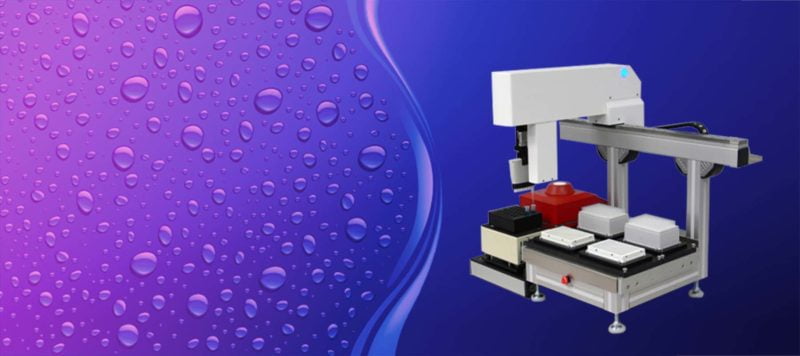Every laboratory needs an automated liquid handling machine and other devices. Liquid handling is an important part of any process, whether you’re running a full-scale multifunction workstation or are simply using one pipet.
Liquid handling devices and machines have come a long way—the first system for liquid handling was presented in 1875 by Thaddeus M. Stevens and controlled the flow of flux through filter paper to wash a titrate.
Liquid handling devices help optimize automation, which has become a useful and efficient tool for analysing. A robotic handling machine is the most important piece of equipment you should have—however, there are a few more devices you’ll need. Read on to learn more about an automated liquid handling workstation and the equipment you need.
What Is a Liquid Handling Machine?
Also called liquid handling robots, a liquid handling machine refers to devices that often include automated pipetting systems and microplate washers. The machine dispenses and samples liquids in tubes or wells. Quite often, these are integrated into detection modules, such as a microplate reader or imager.
What Are the Benefits of a Liquid Handling Machine?
These machines have many benefits, primarily because of their efficient automation. The saving of labour and other factors offers these benefits:
- Offers precision for high throughput screening and sequencing
- The pipetting systems can typically handle volumes of 2uL to 1,000uL
- Can feed samples into heating and cooling systems for shaking systems or thermal cycling
- Ability to program devices to manipulate external labware
- Has programs with start and stop functions
What Other Liquid Handling Devices Do You Need?
Beyond the machine itself, you’ll need some other devices in your laboratory to ensure that everything runs properly. Liquid handling equipment you should have in your lab includes:
- Microplate (multi-well or microtiter plate) dispensers
- Pipettes and micropipettes: Both electronic and digital and with disposable or fixed tips
- Stackers
- Handlers
- Washers
- A variety of robotic systems at your disposal
For example, one application may be an automated DNA purification system, which involves purifying nucleic acid (DNA or RNA). Having the right equipment and a machine can help ensure accuracy and efficiency, but you should take care not to overstock your lab.
How Many Liquid Handling Devices Should You Have?
This is a question you should probably consider when you’re about to purchase devices. Besides your liquid handling machine, you should factor in what you need. Automation is an important part of that picture, because automated liquid handling speeds up analysis.
Therefore, you should try to gauge the automation you’ll need while selecting liquid handling devices. You should also consider how many plates you need and if the software is intuitive and easy to use.
Finally, make sure you have room for a liquid handling machine and other devices in your laboratory.
What Are the Modern-Day Applications of Liquid Handling Machines & Devices?
Liquid handling machines and devices are used for many different processes. Some of these include:
- PCR setup
- Nucleic acid preparation (as discussed above)
- ELISA
- Plasmid Preps
- Biochemical and Cellular assays
- DNA Synthesis
- Transfection of DNA into host cells
- Functional analysis of proteins, antibodies
Liquid handling machines and devices are used in molecular biology, forensics, drug discovery, pharmaceutical development, clinical research, and materials science.
Hudson Robotics has been the leading supplier of automated products for over 38 years. To learn more on how your lab can benefit from liquid handling machines and devices, please contact Verulam Scientific Ltd – The UK distributor and service provider for Hudson Robotics. Speak to a member of our technical team at [email protected] or call 01234 381000.





